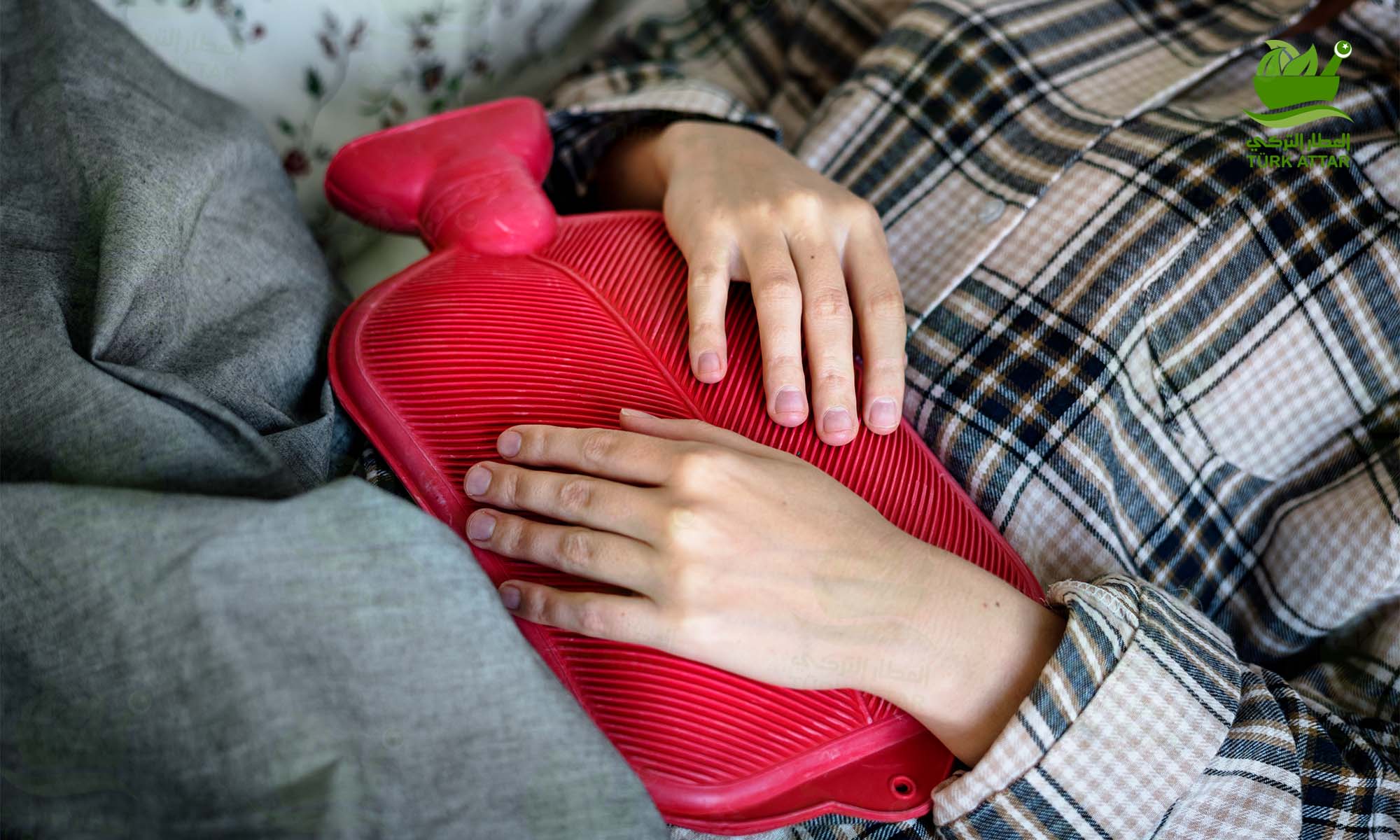
Polycystic ovary syndrome gives its symptoms with ovulation disorder and increased androgen level in the blood. It can also manifest itself in the form of long intervals or not having a period at all, especially as a result of ovulation disorder.
Polycystic Ovary Syndrome
Polycystic ovary syndrome is one of the most common hormonal disorders in women. Polycystic ovary manifests itself with irregularities such as inability to menstruate or menstruation at long intervals. In polycystic ovary syndrome, there are symptoms such as acne, oily skin, hair loss and hair growth due to the increase in hormones called androgens in the blood.
Polycystic ovary syndrome, caused by hormonal disorders, occurs when the ovaries secrete too much androgens. This can lead to results such as infertility, hair growth and acne in women.
While the FSH/LH hormone test is seen around 3 in a woman with normal values, it gives higher results in women with this syndrome.
Polycystic Ovary Syndrome Symptoms
Polycystic ovary syndrome gives its symptoms with ovulation disorder and increased androgen level in the blood. It can also manifest itself in the form of long intervals or not having a period at all, especially as a result of ovulation disorder.
Among the conditions that indicate an increase in androgens in the blood, it can manifest itself in the form of male pattern hair growth, hair loss and acne. In addition, since it also disrupts insulin (sugar) metabolism, weight gain is observed especially around the belly. The symptoms of polycystic ovary syndrome are as follows;
Insulin resistance
increase in weight
Hair loss
Pubescence
Fat on the face
Inflammation
Irregular menstruation
darkening of the skin
Headache
Infertility
Depression
Diagnostic Methods
In cases where polycystic ovary syndrome is suspected, first of all, the patient's history is taken and clinical evaluation is made. Polycystic ovary syndrome is among the most common endocrine
disorders. It is seen in about 1 out of every 10 women. Polycystic ovary syndrome is a condition that can also be seen in young girls in adolescence and young adulthood.
Polycystic ovarian syndrome should be investigated, especially in a young girl who is overweight, has menstrual complaints, has acne on her face and has oily skin. It is more common in patients who are overweight and have male-pattern hair growth.
Polycystic ovary syndrome may not be present in every young girl who presents with menstrual irregularity. In the years when young girls start to have their first menstruation, their menstruation may also be physiologically irregular. Since the axes between the brain and the ovary, which are important in the regulation of reproductive functions, are not fully settled during adolescence, some menstrual irregularities can be considered normal. Hormone and complete blood count tests are usually given for polycystic ovary syndrome. The level of androgen hormones in the blood and the levels of hormones called FSH and LH are very important in diagnosing polycystic ovary syndrome. In addition to these, showing the polycystic structure of the ovaries by ultrasonography is diagnostic.

2 Comment(s)
1
1
1
1
Leave a Comment